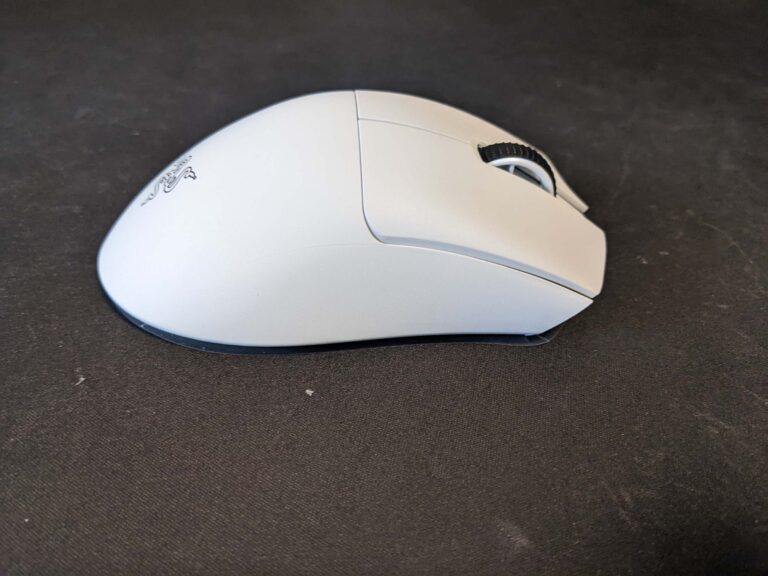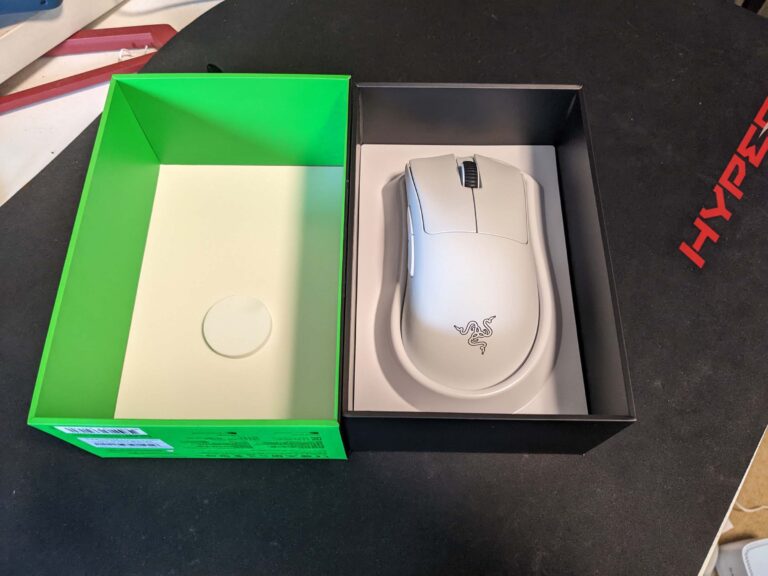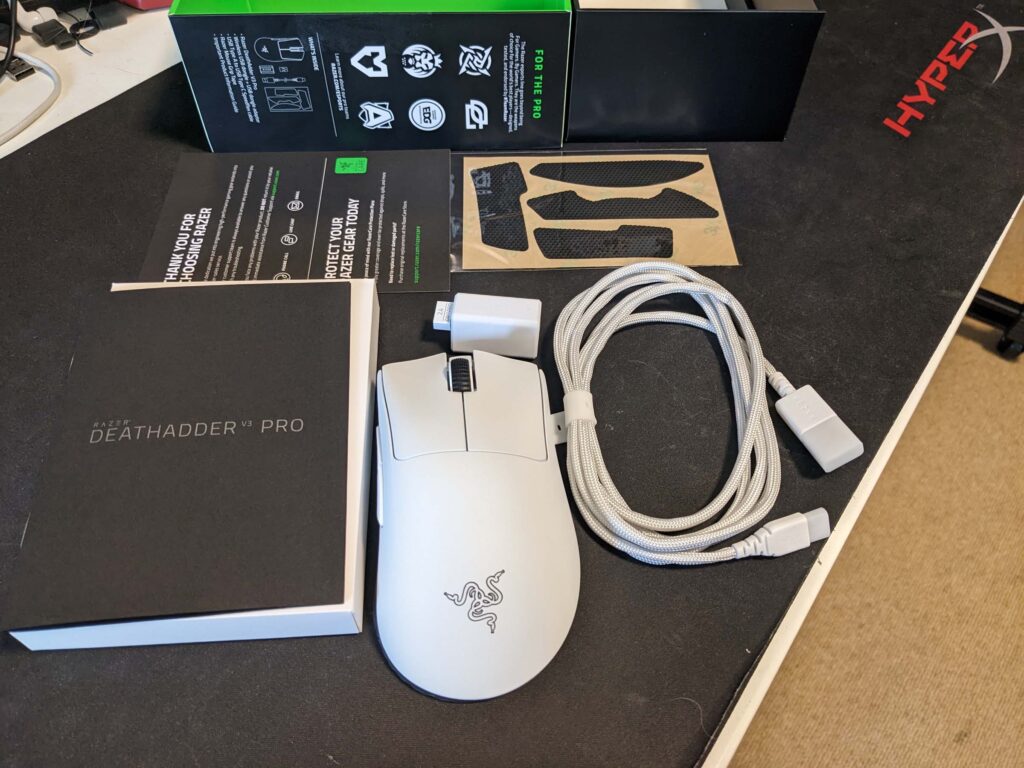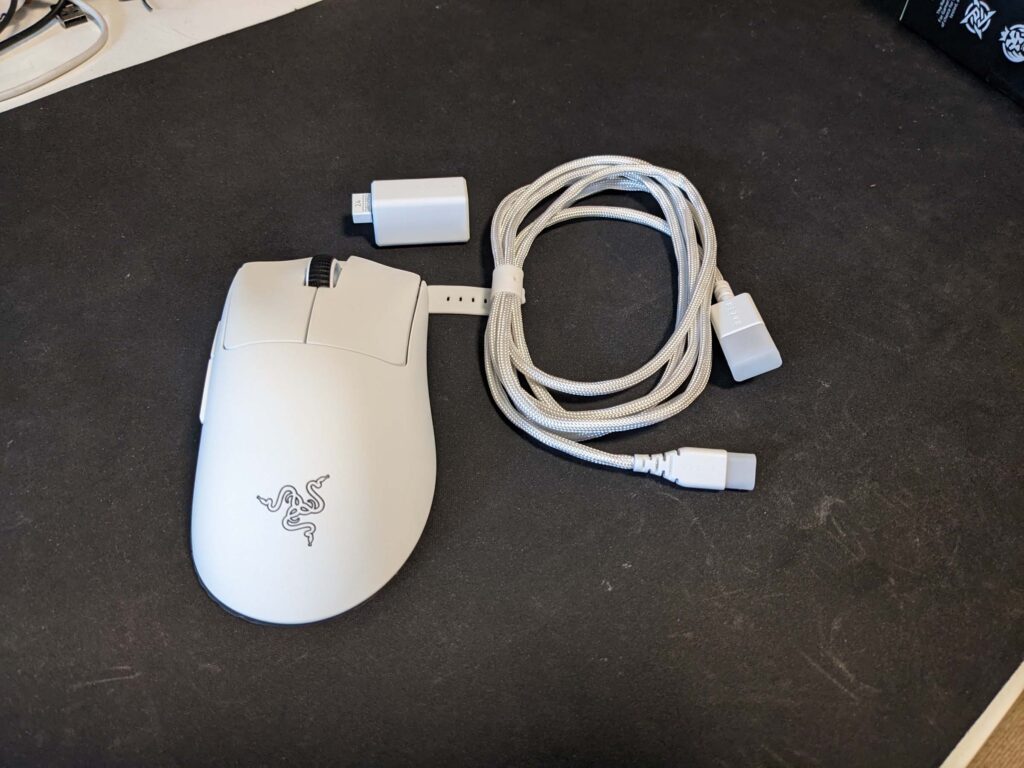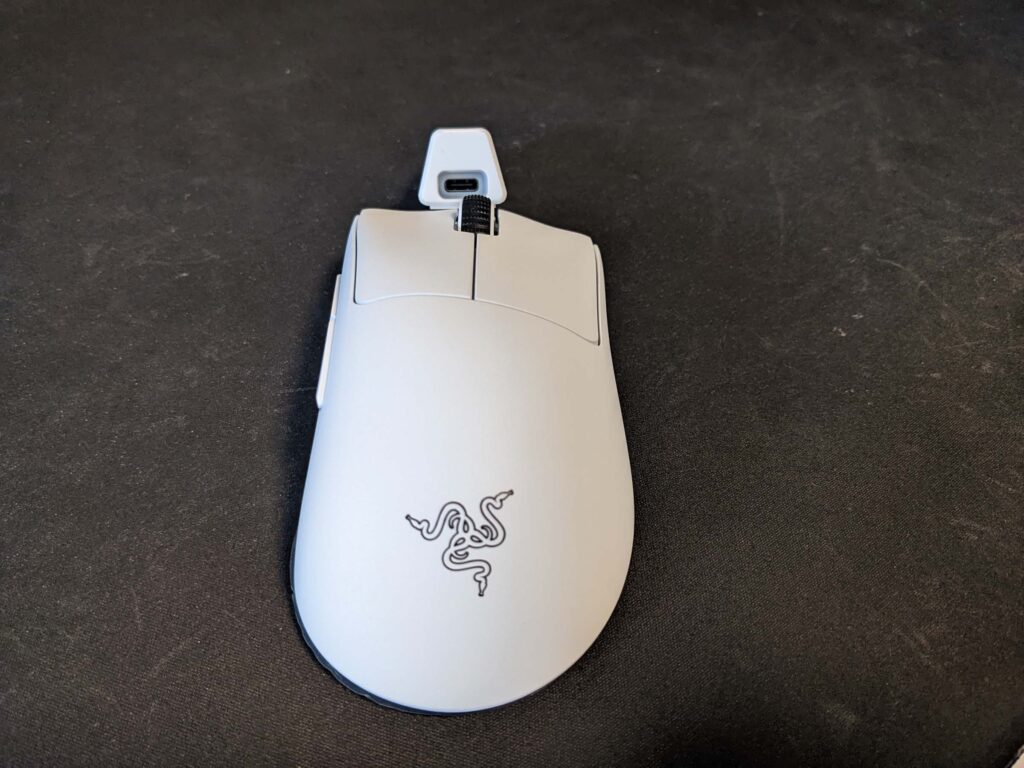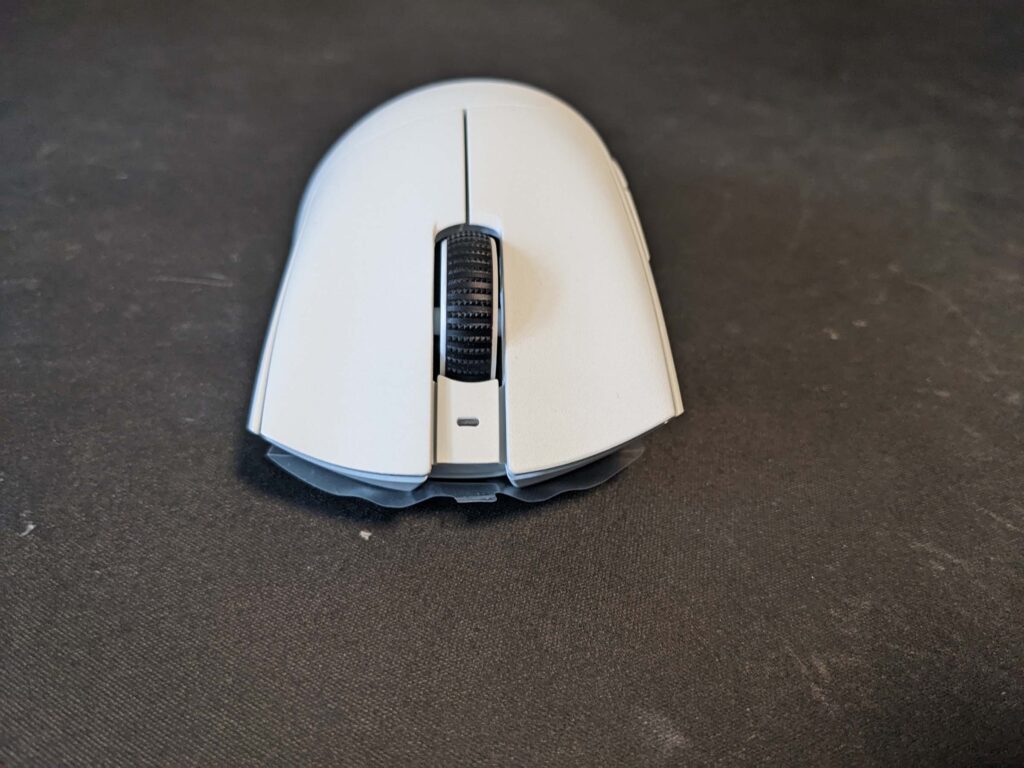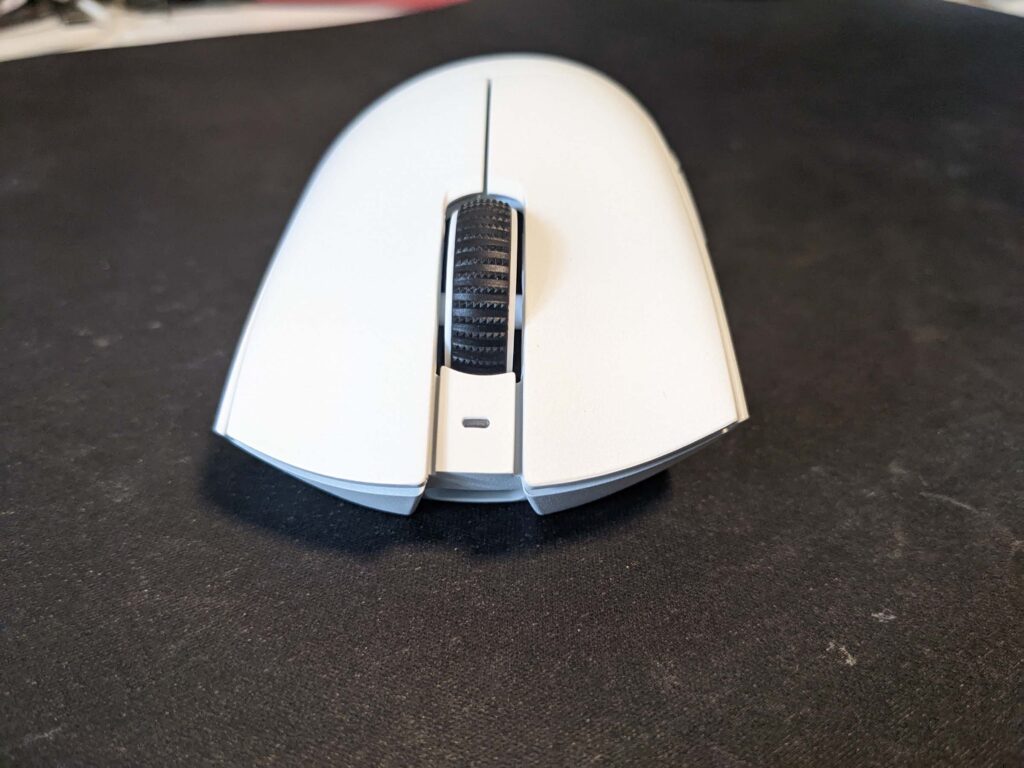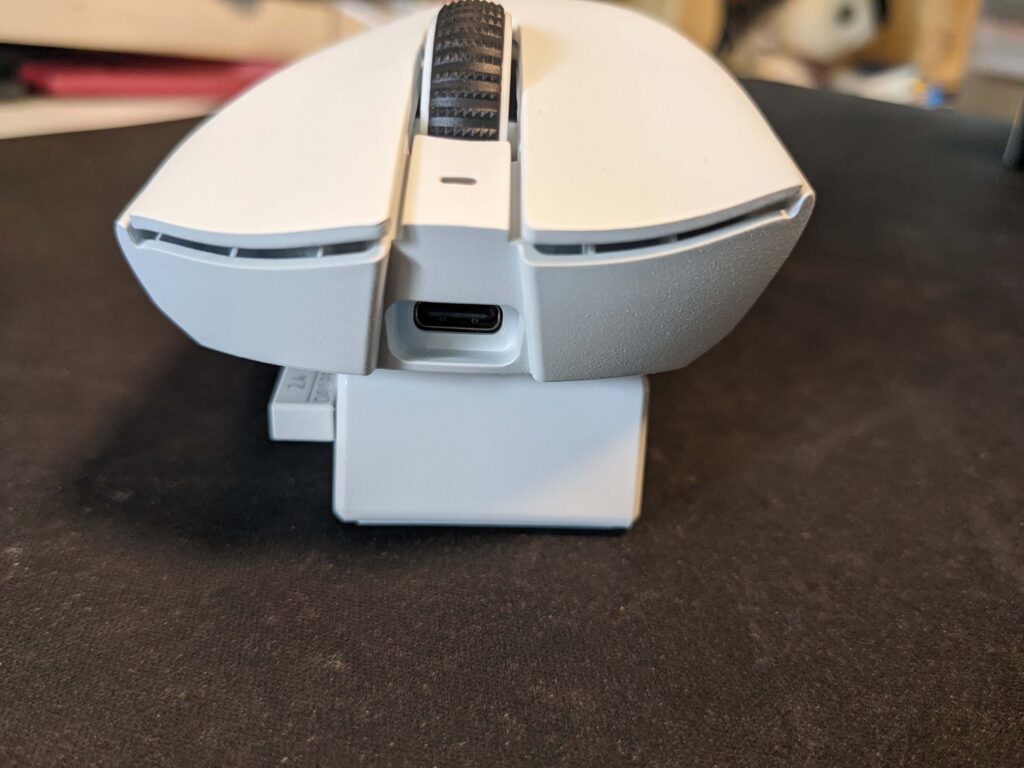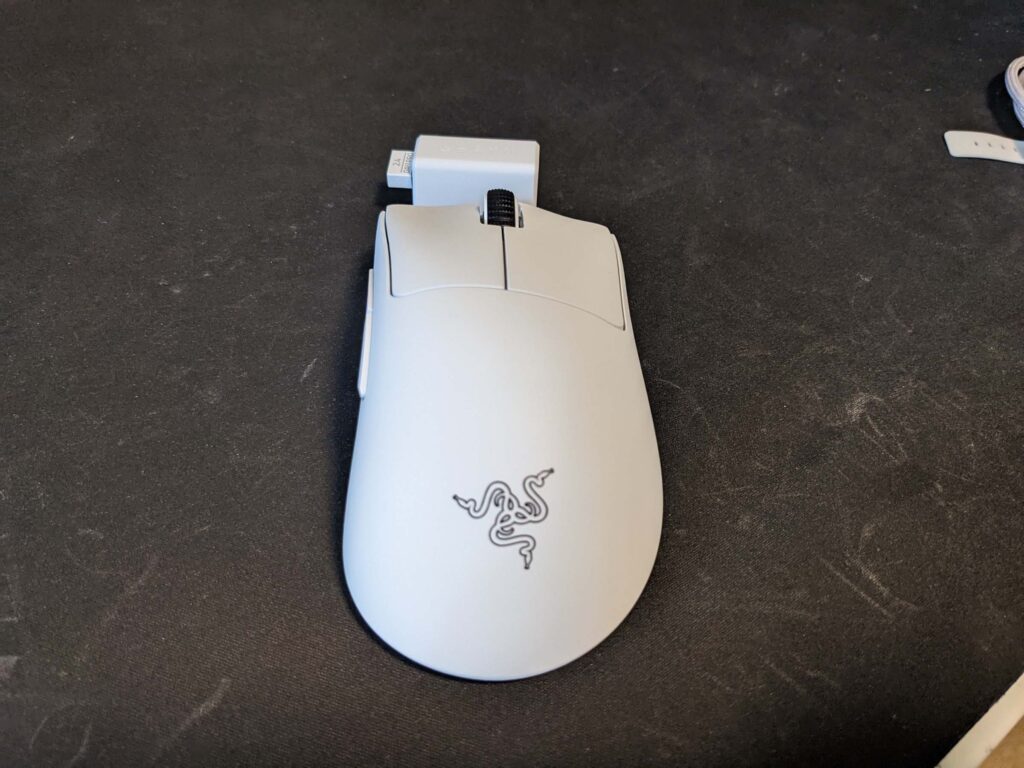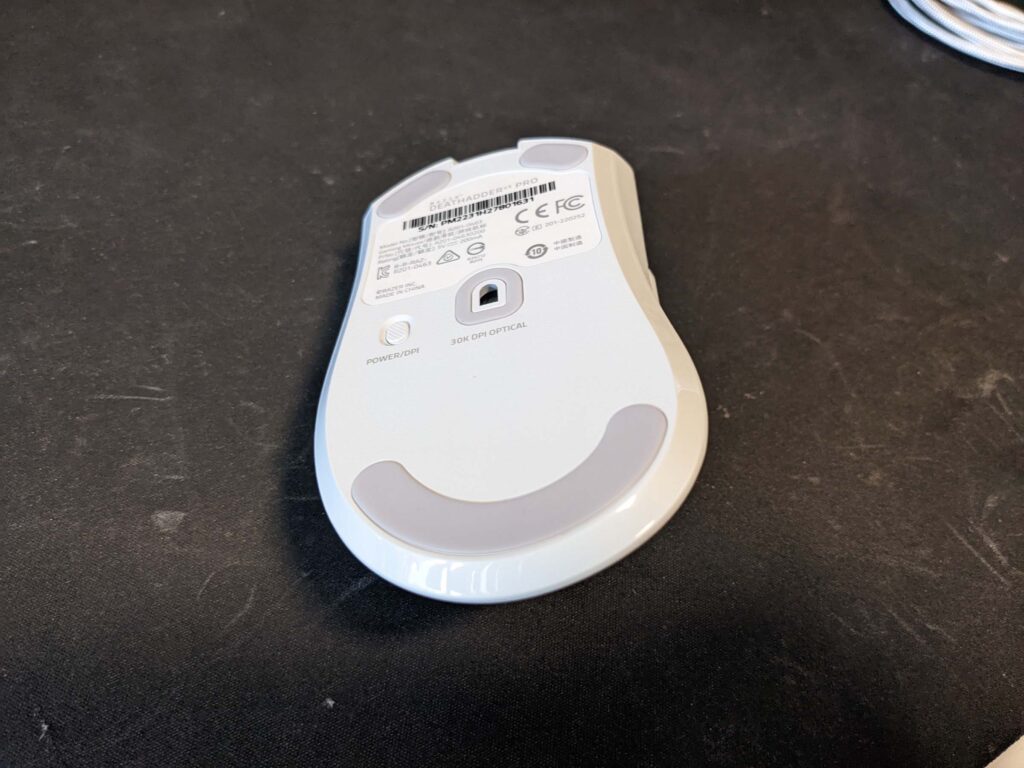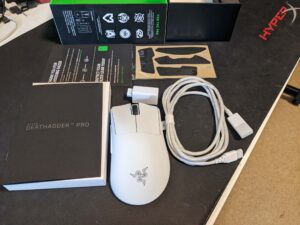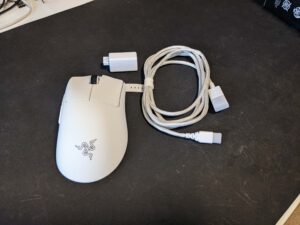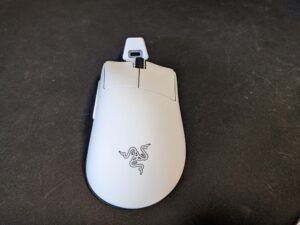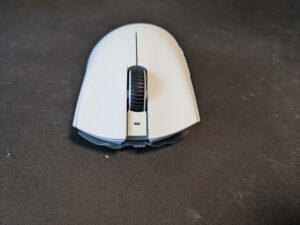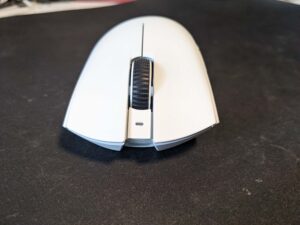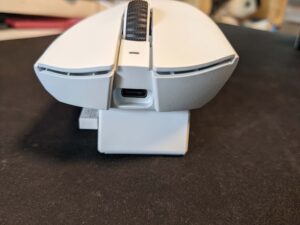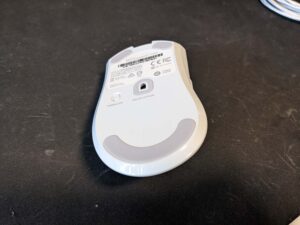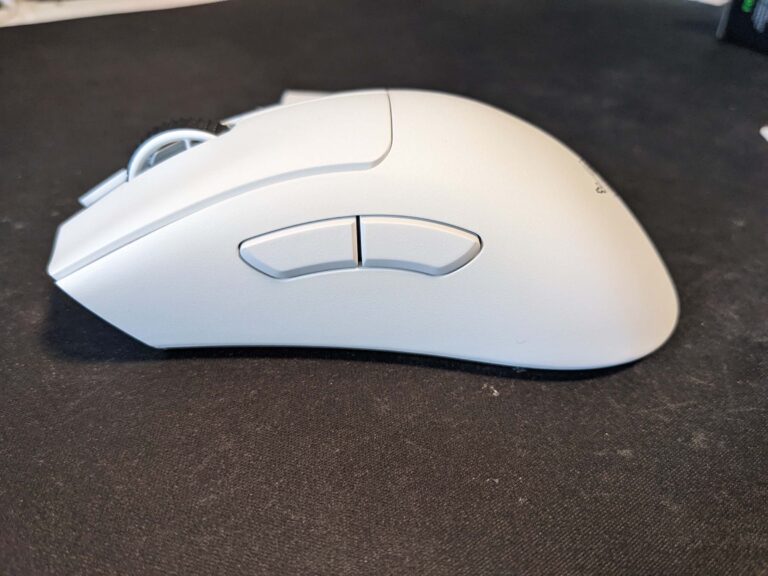Optus Mobile Review ALDI Mobile Review Amaysim Mobile Review Belong Mobile Review Circles.Life Review Vodafone Mobile Review Woolworths Mobile Review Felix Mobile Review Best iPhone Plans Best Family Mobile Plans Best Budget Smartphones Best Prepaid Plans Best SIM-Only Plans Best Plans For Kids And Teens Best Cheap Mobile Plans Telstra vs Optus Mobile Optus NBN Review Belong NBN Review Vodafone NBN Review Superloop NBN Review Aussie BB NBN Review iiNet NBN Review MyRepublic NBN Review TPG NBN Review Best NBN Satellite Plans Best NBN Alternatives Best NBN Providers Best Home Wireless Plans What is a Good NBN Speed? Test NBN Speed How to speed up your internet Optus vs Telstra Broadband ExpressVPN Review CyberGhost VPN Review NordVPN Review PureVPN Review Norton Secure VPN Review IPVanish VPN Review Windscribe VPN Review Hotspot Shield VPN Review Best cheap VPN services Best VPN for streaming Best VPNs for gaming What is a VPN? VPNs for ad-blocking The only proviso, though, is there’s an optional Razer HyperPolling Wireless Dongle you can buy and pair with the Razer DeathAdder V3 Pro for $54.95 RRP. It’s a reasonable price for an ultimately optional albeit future-proofed upgrade, which lifts the polling rate from max 1,000Hz to 4,000Hz. Admittedly, 1,000Hz still feels incredibly smooth, and anything above that polling rate may have a negative impact on CPU-driven games. Flip over the Razer DeathAdder V3 Pro for a power/DPI button. While it’s nice to have a power button, the Razer DeathAdder V3 Pro is the Energizer Bunny of gaming mice: it just keeps going and going. My battery test started one afternoon, and all I did was drop the automatic ‘low battery mode’ to 5% instead of the default 30%. After dozens of hours of use and never once powering it off between uses, I didn’t get a low-battery warning until 11 days later. In terms of charging, you’re looking at around 57% of juice per hour of charge. As for the actual setup, it’s as easy as you’d hope. Plug the braided and appropriately flexible USB-C to USB-A cable into a spare USB-A port on your computer, and the USB-C port either into the mouse directly or into the dongle port. Alternatively, you can also connect the USB-A 2.4GHz dongle directly into your computer. But keeping it in the dongle makes it an easier process to shift between recharging the mouse and flicking back to wireless mode. Admittedly, that ‘lightweight at all costs’ approach means you won’t find Bluetooth in the Razer DeathAdder V3 Pro, which is a shame on the versatility front. Still, the Razer DeathAdder V3 Pro is a strong contender to replace my ageing Razer Viper Ultimate, which is the current mouse I use for everyday computing and offline gaming. Speaking of gaming, the Razer DeathAdder V3 Pro is great for most mainstream games. While it doesn’t have the button count to make it the best fit for strategy, MOBA and MMO fans, it’s excellent for shooters and other action games. The Razer DeathAdder V3 Pro never skipped a beat and feels great with my hybrid palm grip. I’m typically more of a fan of gaming mice with heft for playing online shooters, but it was a quick adjustment for the Razer DeathAdder V3 Pro’s lightweight design, and I never once felt it made me whiff any shots. In the two years between releases, the focus is more on the innards. While the V2 Pro is more versatile with included Bluetooth support, the V3 Pro is lighter (63g vs 88g). The Razer DeathAdder V3 Pro also boasts the latest Razer optical sensor, with better sensitivity, max IPS speed and max acceleration, as well as third-gen optical switches (the V2 Pro has gen-two switches). In practical terms, expect better battery life from the V3 Pro vs the V2 Pro for 2.4GHz comparisons, while the former also is rated for 90 million clicks while the V2 Pro is 70 million. The Razer DeathAdder V2 Pro is still a great gaming mouse, and you can save bucks by choosing it over the V3 Pro. Admittedly, outside of dropping Bluetooth, everything else feels like a refinement in the V3 Pro. Where relevant and possible, we compare the gaming mouse we’re reviewing with the other options we have on hand. Sometimes this might be an earlier generation of the same model, it could be a competitor, or it might be the go-to mice we use for everyday computing and/or gaming. We favour wireless mice over wired mice, but wired gaming mice should have cables that have great reach and flexibility to avoid snags. These days, wireless gaming mice should be just as accurate as wired mice, and we pay close attention to how long the battery drains during our tests. Finally, we also look at companion software to see if it’s easy to configure and personalise a mouse to a user’s particular preferences.
